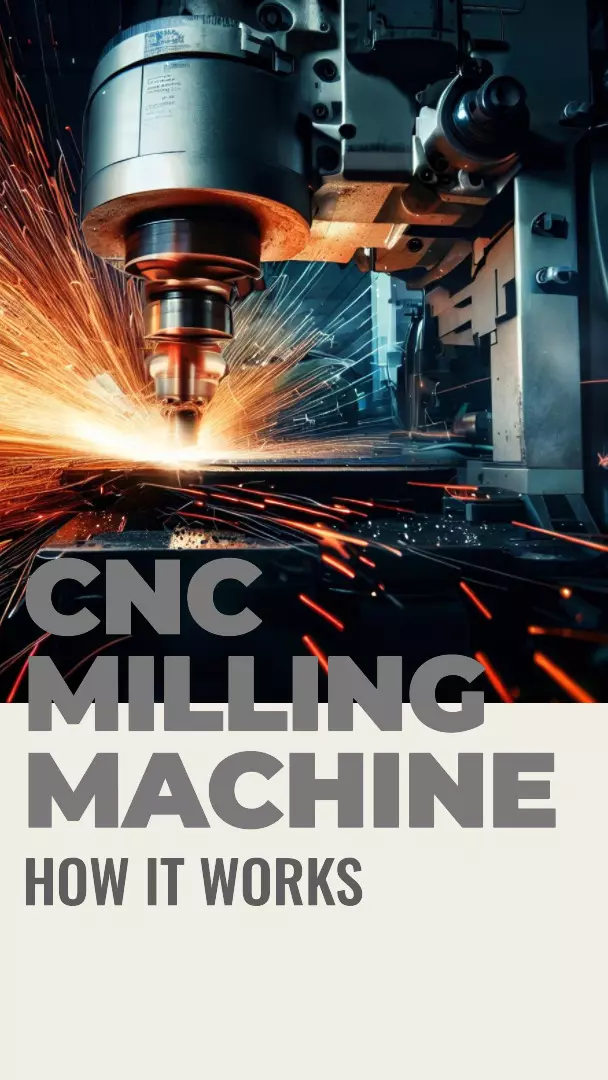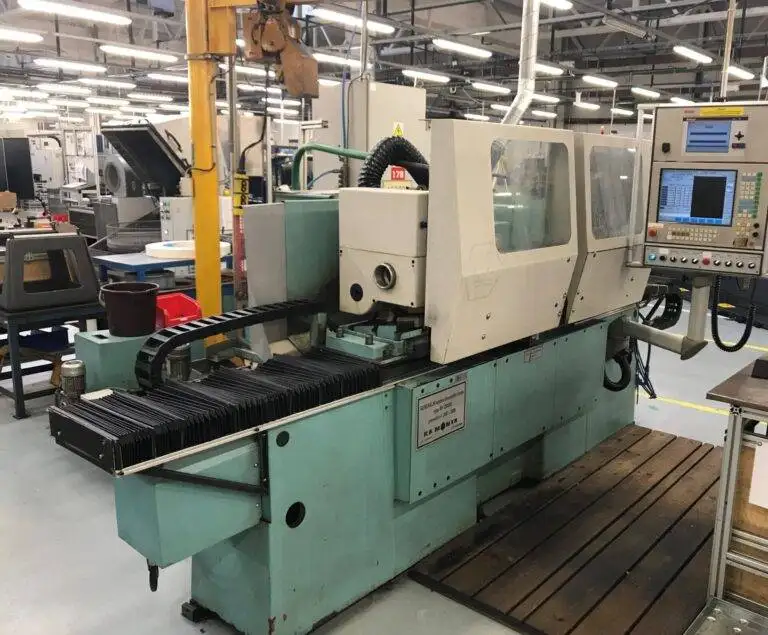How a CNC Milling Machine Works
Computer Numerical Control (CNC) milling machines have revolutionized the manufacturing industry, enabling the production of complex and precise components with high efficiency and accuracy. This article will delve into the workings of a CNC milling machine, shedding light on its components, operation, and the role it plays in modern manufacturing.
Components of a CNC Milling Machine
A CNC milling machine consists of several key components, each playing a crucial role in its operation. These include:
- The Controller: This is the brain of the machine. It interprets the CAD (Computer-Aided Design) or CAM (Computer-Aided Manufacturing) file and converts it into a series of commands for the machine to follow.
- The Spindle: This is the part of the machine that does the actual cutting. It holds the cutting tool and spins at high speeds to cut the workpiece.
- The Cutting Tool: This is the tool that interacts directly with the workpiece. It comes in various shapes and sizes, depending on the type of cut required.
- The Axes: CNC milling machines operate along multiple axes (usually three: X, Y, and Z), allowing for movement and cutting in multiple directions. Some advanced machines have additional axes for more complex operations.
- The Table: This is where the workpiece is secured. It can move in multiple directions, allowing the cutting tool to access different parts of the workpiece.
Operation of a CNC Milling Machine
The operation of a CNC milling machine begins with a digital design created in a CAD or CAM software. This design is then converted into a language that the CNC machine can understand, typically G-code. This code instructs the machine on the path the cutting tool should follow, the speed at which it should move, and the depth it should cut.
Once the G-code is loaded into the machine’s controller, the machine is ready to begin. The workpiece is secured to the table, and the spindle, holding the cutting tool, starts to spin at high speeds. The table moves the workpiece in relation to the cutting tool, following the path dictated by the G-code. The cutting tool then removes material from the workpiece, shaping it according to the design.
Role in Modern Manufacturing
CNC milling machines have become indispensable in modern manufacturing due to their precision, efficiency, and versatility. They can produce parts with complex geometries that would be difficult, if not impossible, to achieve with manual machining. They also allow for high repeatability, making them ideal for mass production.
Moreover, CNC milling machines can work with a wide range of materials, including metals, plastics, and wood, making them suitable for various industries, from automotive and aerospace to furniture and electronics.
In conclusion, a CNC milling machine is a sophisticated piece of equipment that has transformed the way we manufacture parts. By understanding how it works, we can better appreciate the complexity and precision involved in modern manufacturing processes.





